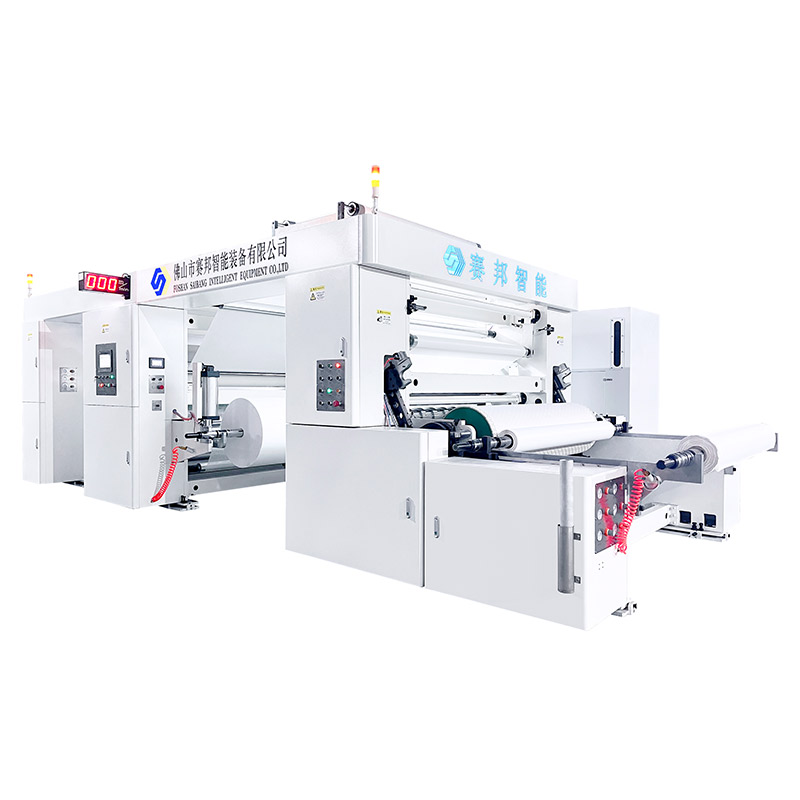Can You Laminate Fabric in A Laminating Machine?
Laminating Machines are widely used not only for paper, film, and foil materials but also for textiles and technical fabrics. Modern industrial laminators can apply various coatings and adhesives to fabric surfaces to enhance durability, waterproofing, breathability, or decorative appearance. The process combines mechanical precision with thermal or chemical bonding to create multilayer composite fabrics used in apparel, upholstery, automotive interiors, medical products, and filtration materials.
1) What Fabric Lamination Means
Fabric lamination is the process of bonding one or more layers of fabric with film, foam, or membrane materials using heat, pressure, or adhesive. The purpose is to add functional or aesthetic qualities to the base textile while maintaining flexibility and strength.
Common examples include:
Sportswear fabrics laminated with breathable membranes like PU or TPU to make them waterproof yet comfortable.
Automotive interior fabrics combined with foam or nonwoven backing for better cushioning and noise reduction.
Medical or protective clothing bonded with barrier films to prevent contamination.
Furniture and decorative fabrics laminated with films for gloss, texture, or flame resistance.
The laminating process preserves the fabric’s texture while giving it new performance properties that pure textile processing cannot achieve.
2) How a Laminating Machine Works for Fabric
Fabric lamination can be performed on several types of laminating machines, depending on the adhesive and temperature requirements. Each system uses a different bonding principle but shares the same core structure: unwind stations, coating or bonding units, nip rollers, cooling or curing sections, and rewinding systems.
Common Fabric Lamination Processes
| Lamination Method | How It Works | Typical Use |
|---|---|---|
| Hot-Melt Lamination | A thermoplastic adhesive (EVA, PO, or TPU) is melted and applied as a thin layer on the fabric or film. It is then pressed under heat to bond layers. | Sportswear, shoes, and automotive interiors |
| Adhesive Coating Lamination | Water-based or solvent-based glue is coated on fabric or film, followed by drying and heat pressing. | Upholstery, medical textiles, and technical fabrics |
| Extrusion Coating Lamination | Molten PE or PP resin is extruded between fabric layers for waterproof or barrier coatings. | Tarpaulins, geotextiles, packaging sacks |
| Hot-Press Lamination | Uses controlled pressure and temperature to bond pre-coated materials without extra adhesives. | Decorative and composite panels |
| Ultrasonic Lamination | High-frequency vibration melts polymer fibers at contact points for clean bonding without glue. | Hygiene products, nonwoven masks, and filters |
Each process can be adapted for woven, knitted, or nonwoven textiles by adjusting the temperature, pressure, line speed, and tension control to prevent distortion or shrinkage.
3) Key Factors for Successful Fabric Lamination
A) Temperature and Pressure Control
Fabrics are sensitive to heat, so temperature settings must match the melting point of adhesives or film coatings. Too much heat can cause warping or discoloration, while insufficient heat leads to poor adhesion. Pressure at the nip roller must be even across the web to ensure consistent bonding.
B) Choice of Adhesive
The type of adhesive defines the bond strength, flexibility, and final appearance.
Hot-melt adhesives are ideal for quick bonding and recyclable materials.
Water-based adhesives are environmentally friendly but require longer drying.
Solvent-based adhesives offer the highest bond strength for industrial applications but need ventilation and explosion-proof safety systems.
C) Web Alignment and Tension Control
Accurate web guiding and tension isolation prevent wrinkles or stretching of fabrics during lamination. Industrial laminating machines use EPC (Edge Position Control) and servo-driven tension systems to maintain consistent fabric flow.
D) Surface Treatment and Cleaning
Many synthetic fabrics have low surface energy, making it hard for adhesives to stick. Pre-treatment such as corona discharge or plasma cleaning improves bonding performance by activating the surface.
E) Cooling and Curing
After bonding, controlled cooling solidifies the adhesive and stabilizes the fabric structure. For heat-sensitive materials, air or water chill rolls help avoid shrinkage and preserve hand feel.
4) Advantages of Laminating Fabric
Fabric lamination offers multiple performance benefits that go beyond simple adhesion:
Waterproofing and Breathability: Laminated membranes provide water resistance while allowing vapor to escape, essential for outdoor wear and tents.
Enhanced Strength and Durability: Additional layers protect fabrics from abrasion, stretching, and tearing.
Improved Aesthetic Quality: Glossy or matte films can change the texture and visual appeal of fabrics for high-end fashion or interior design.
Thermal and Acoustic Insulation: Laminated foams or nonwovens improve comfort and noise absorption.
Chemical and Flame Resistance: Specialized films add barrier protection for industrial and safety applications.
Clean Production: Ultrasonic or hot-melt lamination eliminates solvent emissions and reduces waste.
These advantages make laminated fabrics essential in industries such as automotive, medical, clothing, furniture, architecture, and filtration.
Summary
Yes, fabric can be laminated using a laminating machine—provided that the correct technology, adhesive, and settings are chosen.
The process can be carried out through hot-melt, adhesive, extrusion, ultrasonic, or hot-press lamination, depending on the material and application. Key parameters like temperature, pressure, and web tension are crucial to maintaining fabric integrity and achieving a uniform bond.
When properly adjusted, a laminating machine can transform ordinary textiles into high-performance composite materials with improved waterproofing, strength, appearance, and functionality. This flexibility makes fabric lamination an essential process in modern textile manufacturing and technical fabric innovation.



